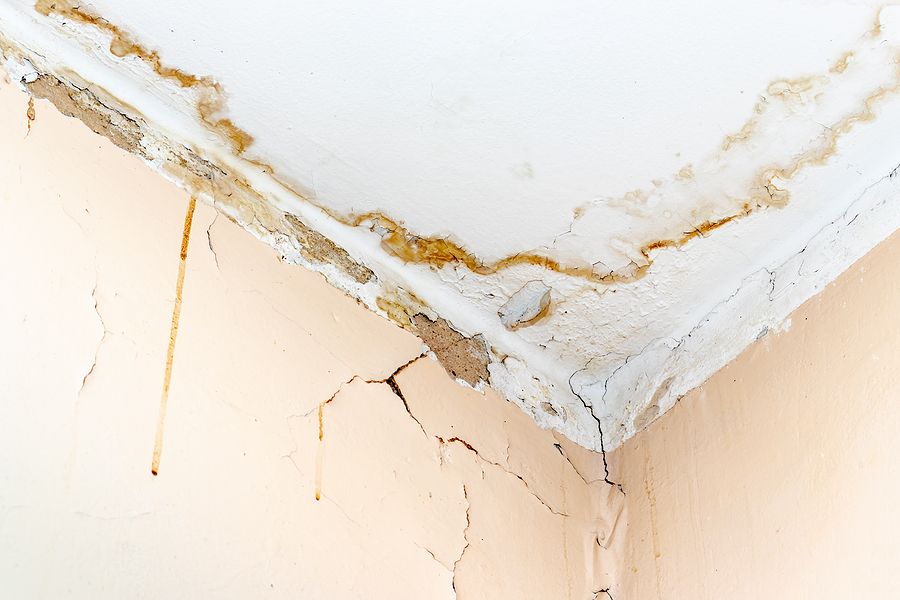Get to Know Half a Dozen Common Causes Behind Water Seepage Within Your Home
Get to Know Half a Dozen Common Causes Behind Water Seepage Within Your Home
Blog Article
The article which follows relating to Top Causes of Home Water Leaks is seriously informative. Have a go and make your own personal findings.

Leaks not just create waste of water but can likewise create unneeded damages to your home as well as promote undesirable natural development. By recognizing and looking for everyday circumstances that trigger leaks, you can safeguard your house from future leaks and unnecessary damages.
Encroaching roots
The majority of water leakages start outside the residence instead than inside it. You could notice wet patches or sinkholes in your yard, and that could mean that tree roots are invading water lines triggering water to seep out.
Corroded water supply
As time goes by, your plumbing system ages and also deterioration such as corrosion may begin eating away the pipelines. This could be the root cause of discoloration or warping on your water pipes. This calls for an examination with your plumber instantly. If our plumbing system is old, think about replacing the pipes because they go to a higher threat of corrosion than the newer models.
Faulty Pipeline Joints
The factor at which your pipelines attach is often the weakest web link in the waterline. Pipe joints can degrade over time, leading to water leakages. Unfortunately, the majority of pipeline joints are not easily visible. If you have loud pipelines that make ticking or banging sounds, especially when the hot water is turned on, your pipe joints are probably under a lot of pressure. It is recommended to have your plumber examine your system yearly.
Instantaneous temperature modifications.
Extreme temperature level changes in our pipelines can cause them to broaden and also get unexpectedly. This growth and also contraction might trigger cracks in the pipelines, particularly if the temperature are below freezing. If you kept an eye on just how your plumbing functions, it would certainly be best. The visibility of the previously pointed out circumstances often suggests a high threat.
Poor Water Connectors
At times, a leak can be created by loose hoses and pipes that supply your home appliances. In situation of a water links leak, you might notice water running directly from the supply line or puddles around your home appliances.
Blocked Drains
Obstructed drains might be bothersome and also inconveniencing, yet they can occasionally end up triggering an overflow causing break pipes. Keep getting rid of any materials that may go down your drains pipes that could block them to prevent such hassles.
All the above are sources of leakages yet not all water leakages arise from plumbing leakages; some leaks may originate from roof covering leaks. All leakages ought to be fixed immediately to avoid water damages.
Leaks not just trigger waste of water but can also cause unnecessary damage to your home and also promote undesirable natural growth. By looking as well as understanding for daily situations that cause leaks, you can secure your house from future leakages and unnecessary damage. Today, we will look at six leakage triggers that might be triggering your pipelines to trickle.
At times, a leak can be caused by loosened hose pipes as well as pipes that supply your appliances. In situation of a water links leak, you may discover water running straight from the supply line or pools around your appliances.
How To Check For Water Leak In Your Home
How To Check for Leaks
The average household's leaks can account for nearly 10,000 gallons of water wasted every year and ten percent of homes have leaks that waste 90 gallons or more per day. Common types of leaks found in the home are worn toilet flappers, dripping faucets, and other leaking valves. These types of leaks are often easy to fix, requiring only a few tools and hardware that can pay for themselves in water savings. Fixing easily corrected household water leaks can save homeowners about 10 percent on their water bills.
To check for leaks in your home, you first need to determine whether you're wasting water and then identify the source of the leak. Here are some tips for finding leaks:
Take a look at your water usage during a colder month, such as January or February. If a family of four exceeds 12,000 gallons per month, there are serious leaks.
Check your water meter before and after a two-hour period when no water is being used. If the meter changes at all, you probably have a leak.
Identify toilet leaks by placing a drop of food coloring in the toilet tank. If any color shows up in the bowl after 10 minutes, you have a leak. (Be sure to flush immediately after the experiment to avoid staining the tank.)
Examine faucet gaskets and pipe fittings for any water on the outside of the pipe to check for surface leaks.
Undetected water leaks can happen without the home or business owner even realizing. If you suspect a water leak, but not able to find the source. It is time to contact a professional water leak detection service, The Leak Doctor.
How To Find a Water Leak In Your Home
https://www.leakdoctor.com/blog/How-To-Check-For-Water-Leak-In-Your-Home_AE197.html

We had been introduced to that write-up about How to Find Water Leaks through an associate on a different blog. In case you liked our blog entry plz do not forget to pass it around. Bless you for your time. Visit again soon.
Resolve fast, contact! Report this page